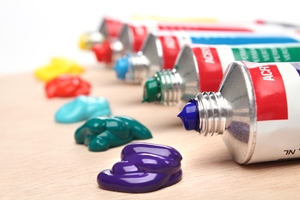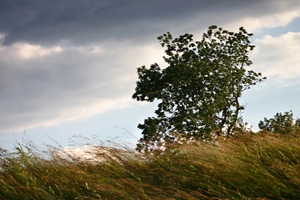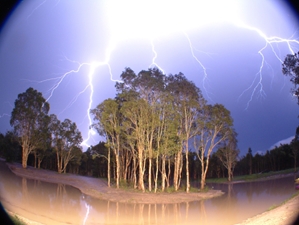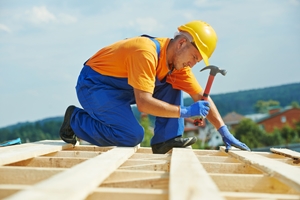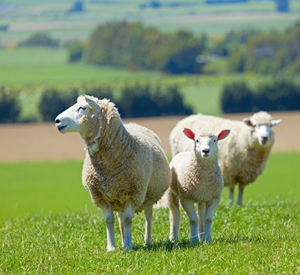While the benefits of awnings may be the same for home and business owners, the awnings themselves are unique to each building.
If you're considering outdoor awnings for your home or business, there are a number of unique factors to take into account.
Purpose
The main purpose of your awning will inform its overall design. After all, some outdoor awnings may be for shading and weather protection, but others could simply be an aesthetic choice.
The great thing is that regardless of why you invested in outdoor awnings, they can protect you and others from sunlight and provide energy savings, reducing heat gain inside buildings while offering respite from the harsh Australian sun.
Size
Perhaps the most important design consideration for outdoor awnings concerns size.
How big your awning is will impact the coverage it can provide, as well as how it fits on your building. An awning that is not designed with size in mind will fail to offer sufficient shade or heat protection, and an awning that is either too big or small could also ruin the aesthetic value it can bring to buildings.
Style
Outdoor awnings may serve a practical purpose, but how they look is another important factor. After all, there's no rule that says keeping your building protected from sun means it must look shabby or boring.
Awnings can come in various colours and designs. In this way, not only can they make outdoor areas more comfortable, they can also add to the overall visual appearance of your home or business.
No matter what your outdoor awnings needs are, we here at Shed Boss can help. We encourage you to come see our displays and talk to the professionals at your nearest Shed Boss outlet. You can also apply online for a free awning quote here.

